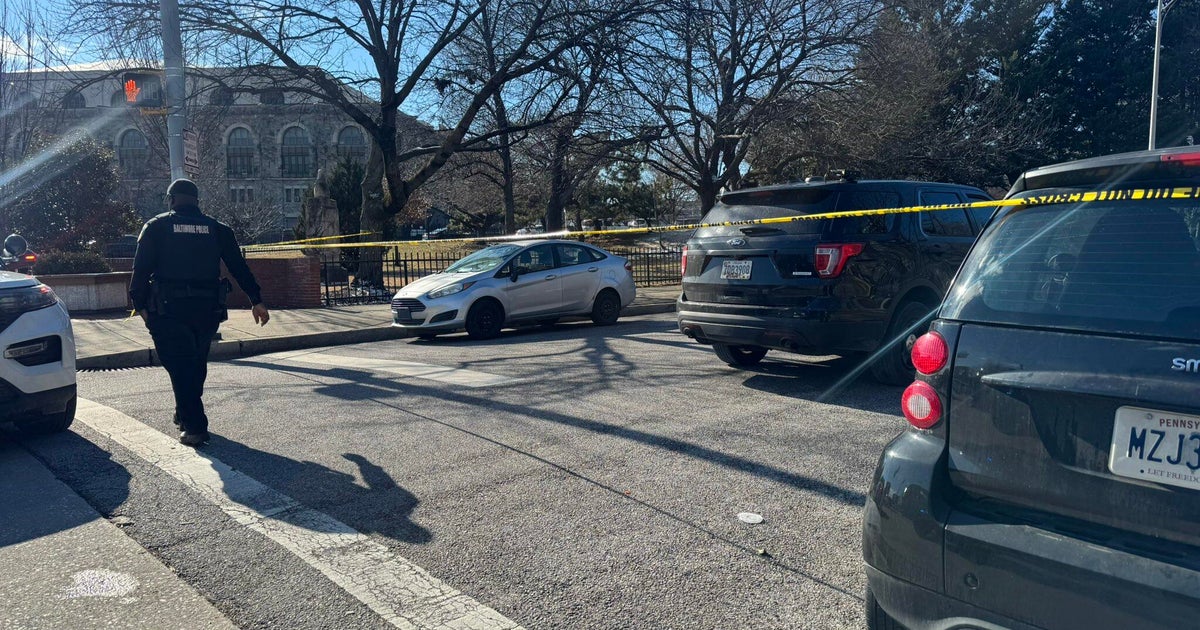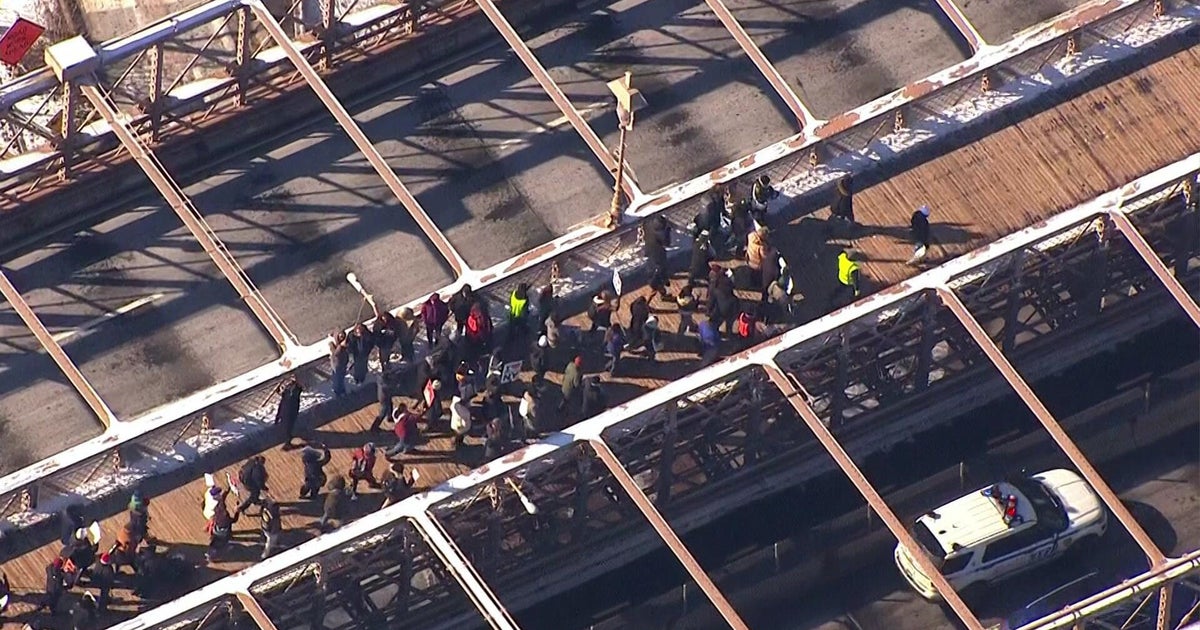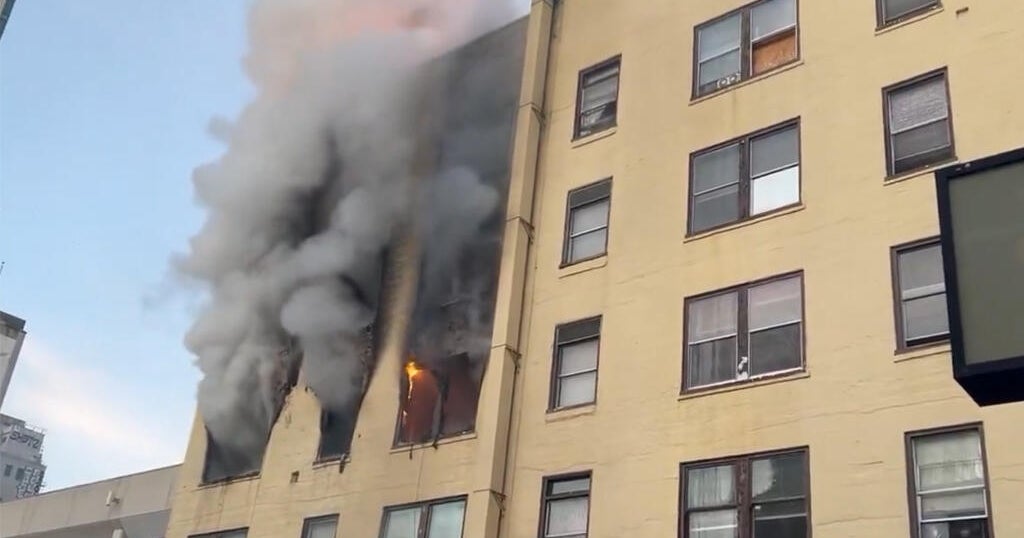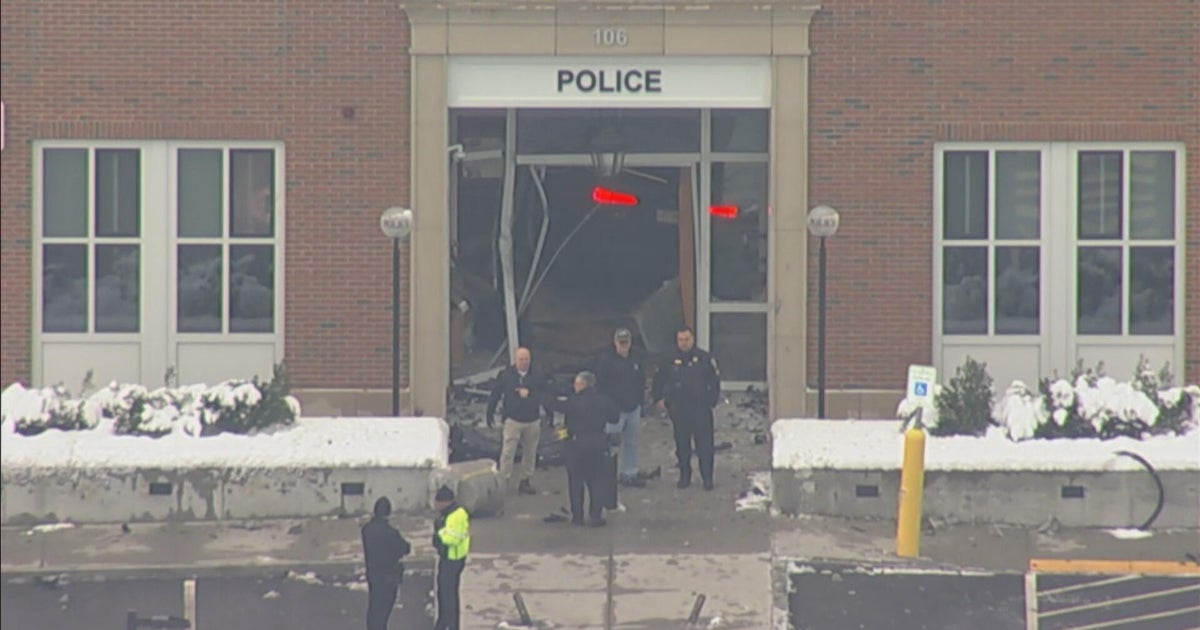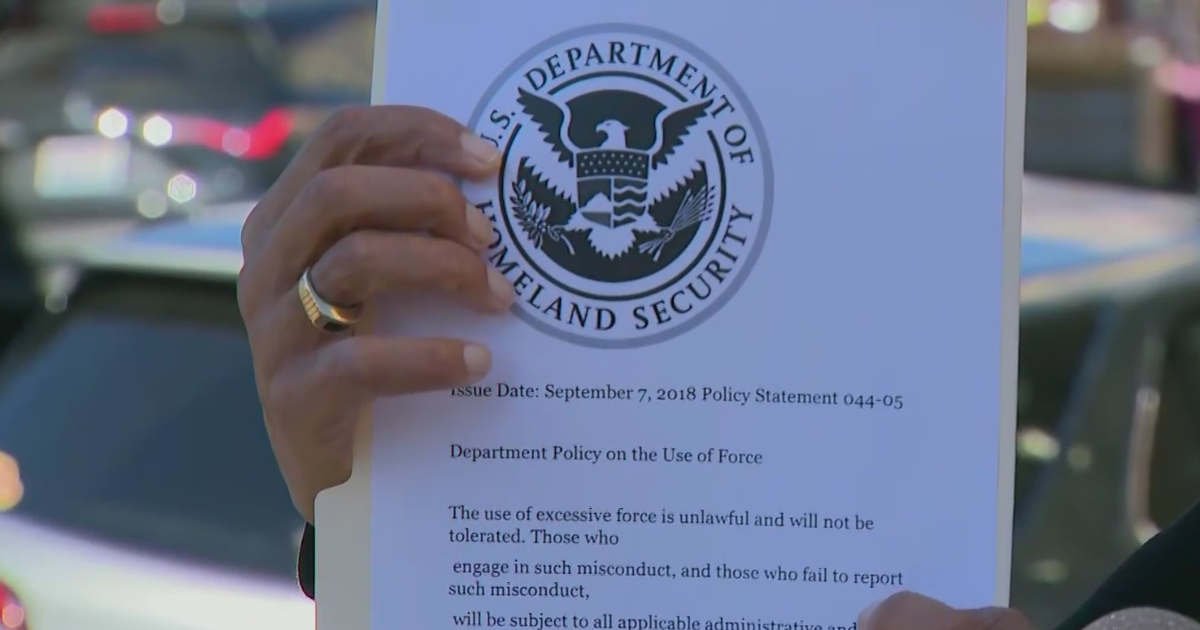Main channel to Port of Baltimore will soon reopen. Key Bridge salvage crews explain final steps.
BALTIMORE -- Salvage crews are making their final efforts to clear the Key Bridge collapse debris and fully reopen the main shipping channel to the Port of Baltimore within the next couple of days.
The Fort McHenry Channel was expected to be restored Monday but it could be a bit later, according to the U.S. Army Corps of Engineers.
The goal is to establish a 50-foot deep, 700-foot wide channel that provides access for all vessels in and out of the Port of Baltimore.
"We remain confident we will have the Federal Channel fully restored in the next few days," said Col. Estee S. Pinchasin, USACE, Baltimore District commander. "We're using the same detailed process as when opening the three alternate channels and the Limited Access Channel."
Final steps before main channel reopens
Pinchasin explained the process needed to be done before the full federal channel is back open.
Crews spent Sunday sweeping the wreckage site with sonar, LIDAR and magnetometer to identify and investigate any high spots to ensure there's no residual hazard to navigation.
The Chesapeake 1000 crane and attached hydraulic grabber on Friday pulled out of the Federal Channel a 90-ton piece of residual wreckage from the Key Bridge.
"We are going to be as thorough and disciplined as we have been since the beginning – we owe it to Baltimore and the Port, to turn over a safe navigation channel they can use with the greatest of confidence," Pinchasin said.
Salvage crews worked around the clock to remove debris ever since the bridge collapsed in March, and last week the last large steel truss that was blocking the Fort McHenry federal channel was removed.
Salvage crews used concrete breakers, underwater surveys and oxyacetylene torches to separate tons of concrete roadway, cable, and steel rebar from "Section 4C" while removing debris with clamshell dredges.
It took two days to lift the truss, a structure made up of tons of concrete roadway, cables and steel rebar.
Previously, crews completed the lift of a 470-short-ton steel section of the Key Bridge truss that had been buried in the river mudline and had pinned the Dali for weeks.
Over the last couple months crews made way for some vessels, including cruise ships, to access the Port of Baltimore, through temporary channels.
The Army Corps of Engineers says the full reopening will allow two-way traffic.
"Our bread and butter"
The anticipated reopening of the Federal Channel would restore normal shipping traffic, boost Baltimore's economy and save thousands of jobs impacted by the disaster.
The bridge collapse halted vessel traffic, shut down shipments to the port and was a huge financial hit for thousands of workers.
Maryland Gov. Wes Moore previously said that the Port of Baltimore handled 52.3 million tons of international cargo worth more than $80 billion.
"We owe it to the Port of Baltimore, to Maryland, to our region, to our nation, to make sure that we explore and make sure we leave no steel behind, so we're going to be very careful," Pinchasin said.
Everett Allen, a longshoremen checker, told WJZ the progress is starting to show for the tens of thousands whose livelihoods depend on the port.
"That's where our bread and butter comes in - through the ships that come through the channel," Allen said.
How did we get here?
Eleven weeks ago, on March 26, the 948-foot Singapore-based vessel Dali lost power after leaving shore and crashed into Baltimore's iconic bridge. Six construction workers who were doing road work on the Key Bridge were killed.
The Dali, with crew members aboard, was stranded for nearly two months because a massive portion of the bridge covered the bow of the ship. In May, Unified Command used explosives to break off large portions of the bridge and free the vessel.
The ship was escorted by several tugboats back to the Port of Baltimore, where it has remained.
The Unified Command shared a timelapse of the entire removal of the Dali.
Since May 20, deep-draft vessels have been able to travel to and from the Port of Baltimore using a 400-foot wide channel, the largest of four temporary channels the U.S. Army Corps of Engineers was able to create.
The Fort Carroll Temporary Alternate Channel is open 24 hours daily for non-deep draft commercial ships with a depth of 20 feet and a width of 135 feet.
The Hawkins Point Temporary Alternate Channel -- at 14 feet deep, 124 feet wide - is open 24 hours a day for non-deep draft vessels.
Sollers Point Temporary Alternate Channel is available for recreational vessels 24 hours each day with a depth of 11 feet and a width of 95 feet.
Virtual meeting on rebuilt Key Bridge
The Maryland Department of Transportation Authority will host a virtual meeting to talk about an update on plans to revitalize and reimagine the Key Bridge on Tuesday, June 11 from 6 to 7 p.m.

